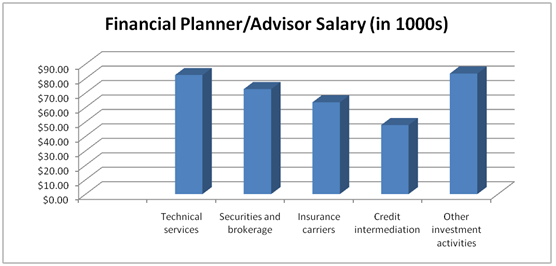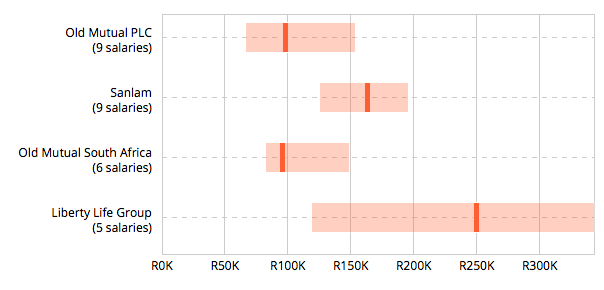Financial Advisor Pay
Post on: 13 Апрель, 2015 No Comment

George Diebold / The Image Bank / Getty Images
Financial Advisor Pay Overview: Financial advisor pay typically follows one of three methods:
Follow the links above for detailed discussions of pay by commissions and pay by client assets.
Salary and Bonus: Financial advisor pay in discount brokerage firms that offer no advice and simply fill orders for their clients typically is a straight salary with bonuses based on overall firm results. These broker s are financial advisors in a very limited legal sense.
Conflicts of Interest: When a financial advisor is paid on a commission basis, there is a clear conflict of interest, given that pay is linked directly to generating transactions, rather than to investment performance. Financial advisor pay based on clients assets gained popularity in the 1990s largely as a means to align the interests of financial advisors and clients more closely. Nonetheless, this payment scheme creates its own set of conflicts of interest. Follow the links above for details.
Financial advisors who are willing to accept lower compensation as the cost of fulfilling their fiduciary responsibilities to clients may nonetheless face pressures from their employer to increase revenues. For example, financial advisors who anticipated the 2007-08 bear market and moved their clients’ assets met with resistance from their short-sighted employers in some cases.
Expenses: Note that financial advisors often are required to cover certain expenses, in entirety or in part, out of their own pay. These expenses may include such things as:
- Pay and benefits for sales assistants or other support staff
- Telephone
- Mailing
- Supplies
- Office equipment
- Internet usage
- Subscriptions

This list is hardly exhaustive, and the exact items of expense that may be charged to financial advisors vary by firm. Moreover, financial services firms are increasingly likely to raise expense charge backs as an alternative to decreasing rates on the payout grid. This is an indirect method of cutting financial advisor pay.
Note on Terminology: A potential source of confusion stems from the fact that the title financial advisor is used to identify both investment brokers working under the suitability standard and registered investment advisors subject by law to the more stringent fiduciary standard. While commission based client relationships are the long established norm among the former, the latter traditionally are paid strictly by fees, either asset based, hourly or flat annual retainers.
Except as noted, the term financial advisor, as used in this site, primarily refers to the former, an investment broker subject to the lower suitability standard.
Other Payment Models: In addition to the three common compensation methods listed at the top of this article, there are several others currently utilized mainly by registered investment advisors who are subject to the fiduciary standard. These include:
While these payment methods presently are rare among the universe of financial advisors who function according to the suitability standard, there nonetheless is the possibility that major securities brokerage firms may seek to introduce one or more of these payment options at some time in the future. After all, their adoption of asset based fees as an alternative to traditional transaction based commissions was just such an innovation.














